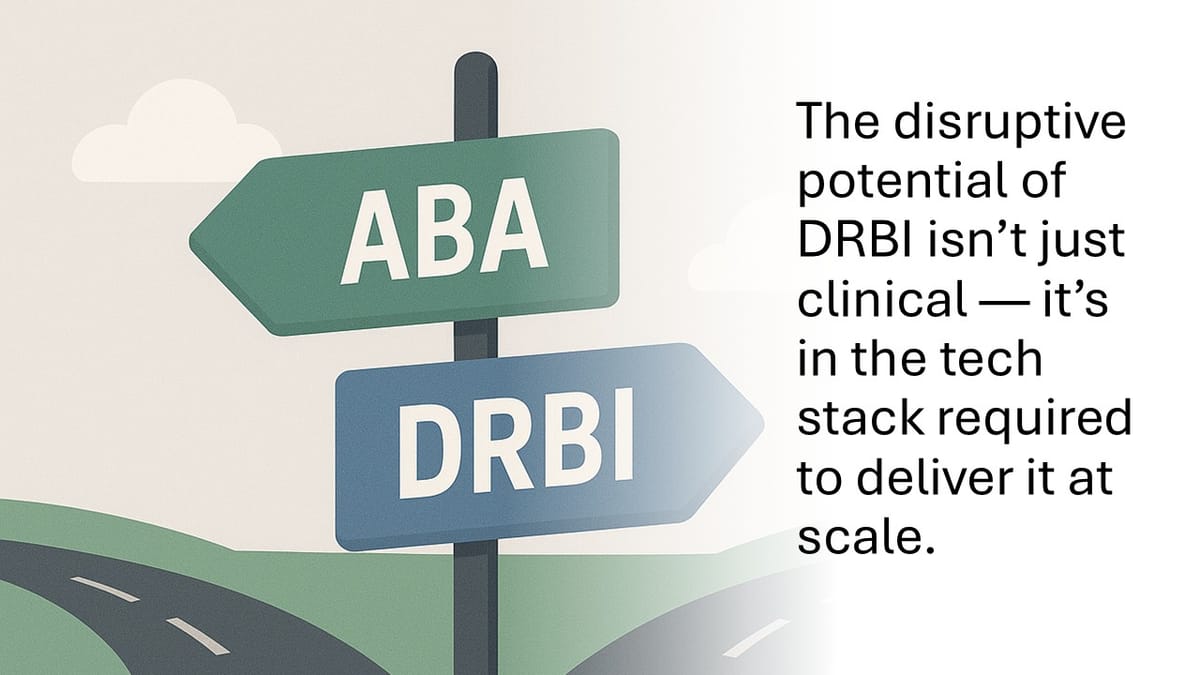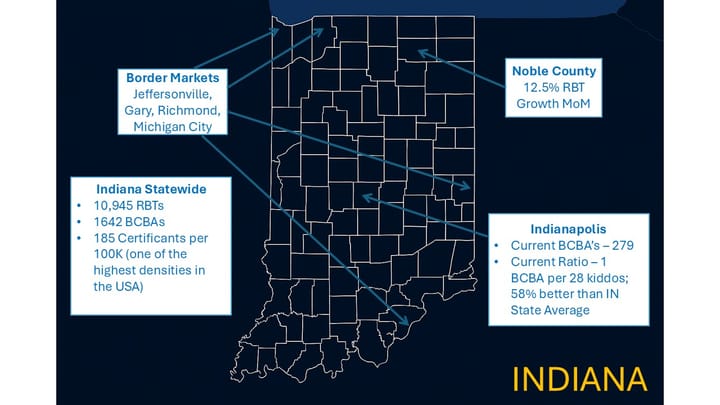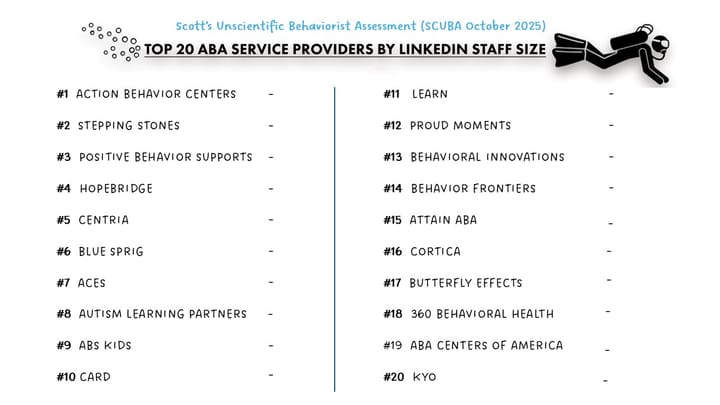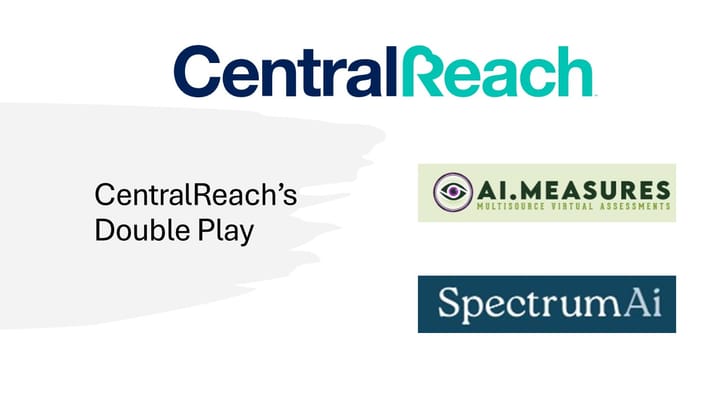Investors Bet on DRBI: Positive Development’s $51.5M Raise and the Tech Behind It

“The disruptive potential of DRBI isn’t just clinical — it’s in the tech stack required to deliver it at scale.”
Context: Why Payors Care About DRBI
For years, ABA has been the default therapy for autism. But as Medicaid directors and managed care executives keep reminding us, ABA is expensive, intensive, and growing fast.
The math has become impossible to ignore:
- Autism prevalence nearly doubled in the last six years.
- Public payors cover a disproportionate share of children with autism, so the cost pressure lands hardest on Medicaid budgets which have increasingly seen outsized growth in spending.
- Private payors are also looking at ways to manage spending and ensure better outcomes for their ABA spend.
Against that backdrop, Developmental Relationship-Based Interventions (DRBI) is gaining traction. With lower weekly intensity (6–8 hours vs. 20–40), interdisciplinary staffing, and family participation, DRBI programs claim comparable outcomes at 50%+ lower cost. For payors staring down budget cliffs, this is not just another therapy option — it’s a structural reset.
The Raise
- Positive Development closed a $51.5M Series C in August 2025, led by aMoon Fund, B Capital, and Flare Capital Partners.
- The round follows a partnership with Centene in Oklahoma, validating payor appetite for lower-intensity, outcomes-driven models.
- Just as importantly, the investment highlights the technology platform underpinning Positive’s approach — because DRBI can’t simply be run on systems built for ABA.
Why Tech Matters More Than Ever
Here’s the critical story: DRBI can’t scale without a new stack.
Most existing practice management and data collection platforms are hardwired for ABA’s structure:
- high-intensity hours,
- BCBA–RBT supervision hierarchies,
- session-level billing workflows.
DRBI demands something different:
- Data models that capture developmental milestones, family participation, and interdisciplinary interventions.
- Scheduling and billing logic that reflects lower-intensity care plans and blended staffing models.
- Outcome reporting frameworks that can prove effectiveness to payors in ways ABA-centric tools never anticipated.
Positive Development’s tech team deserves credit here: instead of trying to force-fit DRBI into legacy tools, they’ve built a differentiated platform designed around their care model from day one. That makes the stack itself a competitive asset, not just a back-office tool.
A Provocative Question: From Provider to Platform?
If DRBI adoption expands beyond Positive Development’s walls, the absence of DRBI-ready infrastructure becomes even more glaring. Few — if any — off-the-shelf platforms today can capture the nuances of developmental care.
That raises a provocative question: could Positive’s custom-built platform eventually be licensed to other providers as the default DRBI stack? If so, Positive wouldn’t just be scaling a care model — it would be laying the rails for an entire new modality.
My Take
I’ve always said my focus is clinically agnostic — my mission is scalable access to care, regardless of modality. If DRBI keeps gaining steam, maybe I’ll have to rebrand as DRBI Mission. 😉
Jokes aside, the takeaway is serious: this raise is not just a provider growth story. It’s a signal that new therapy models will live or die on the strength of the tech stacks that support them.
Strategic Takeaway
Positive Development’s $51.5M raise is less about choosing sides between ABA and DRBI, and more about recognizing that care models create technology requirements.
For investors, follow the infrastructure, not just the headlines
For providers, if you’re exploring alternatives to ABA, be ready to rethink your data, workflows, and reporting stack from the ground up.
The autism market’s next wave of disruption may be decided in the platforms that can operationalize new provider care models.
Interested in keeping pace with Tech, Ops and Data content? Subscribe here



